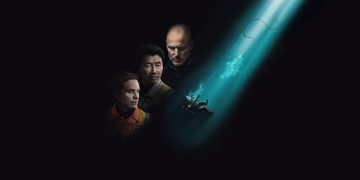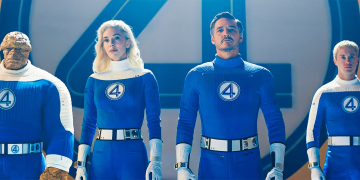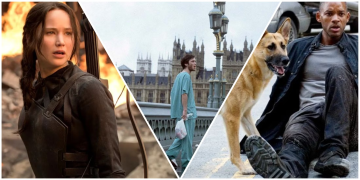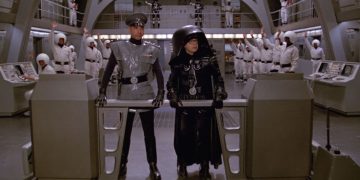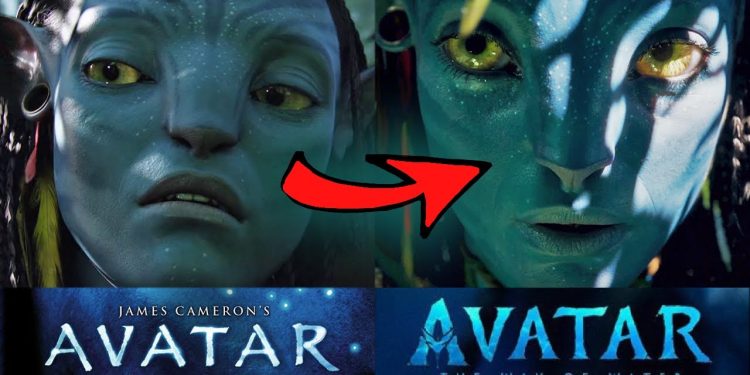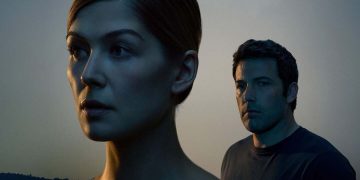To achieve its jaw-dropping visuals, Avatar 2 didn’t rely on standard software — it demanded revolutionary, custom-engineered technologies. Working with Wētā FX, James Cameron’s team crafted a new era in visual storytelling.
🔧 Technologies Used in Avatar 2
- Underwater Motion Capture Rigs – Built to work inside massive water tanks
- Facial Rigging AI Systems – Interprets subtle facial movements in real time
- Hydrodynamic Simulation Engines – Realistic rendering of waves, bubbles, and hair
- Virtual Production Pipelines – Real-time on-set rendering and control
“For a deeper dive into this tech stack, check out our feature on next-gen CGI tools in film production.”
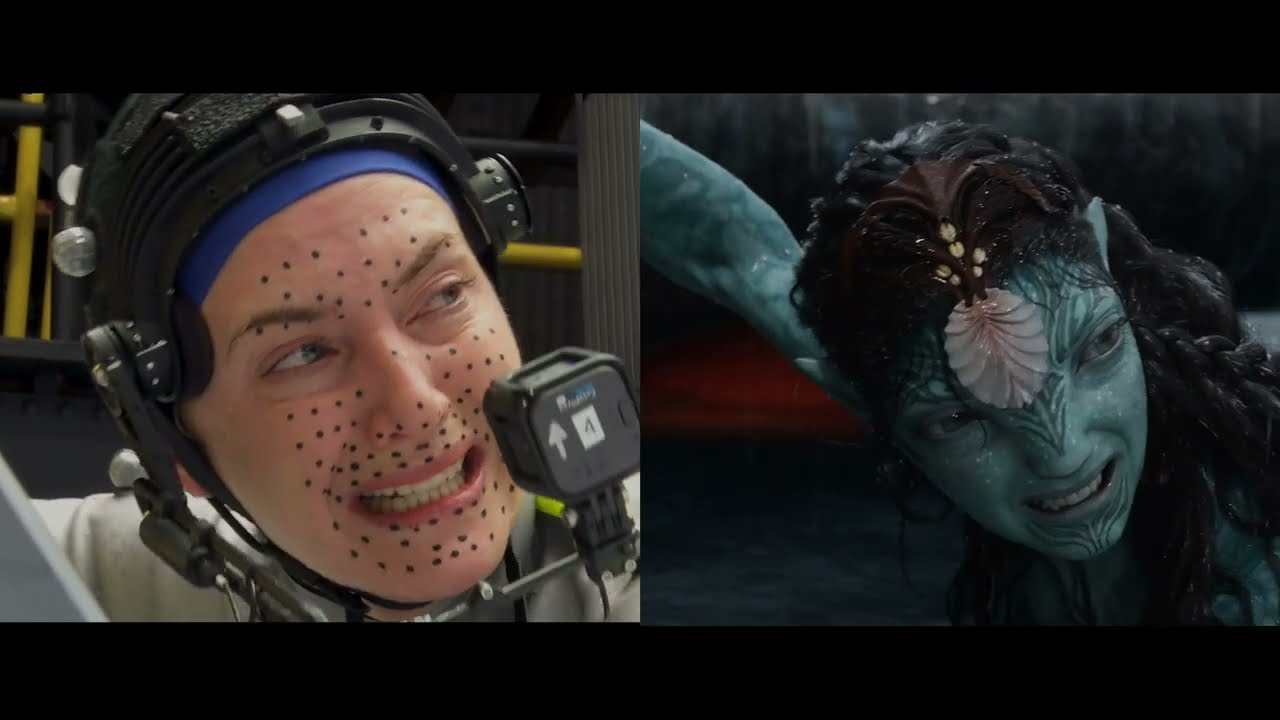
🌍 Why Avatar 2’s VFX Matters to the Industry
Cameron didn’t just raise the bar — he launched it into orbit. The VFX innovations are now shaping the future of:
- 🌊 Underwater CGI as a new industry benchmark
- 🎭 Deep emotional expression in digital characters
- 🎥 Blended live-action and virtual environments
Studios like Marvel and Disney are already adapting similar techniques in their upcoming projects.
🎞 Comparing Avatar 2 to Other Visual Heavyweights
| Film | VFX Achievement | Avatar 2 Comparison |
|---|---|---|
| Doctor Strange 2 | Multiverse visuals & stylized magic | Less grounded; more abstract than Avatar |
| The Batman (2022) | Minimal CGI, dark realism | Opposite approach — practical vs digital |
| Dune (2021) | Epic scale, stunning sand simulations | Comparable in scope, lacks underwater realism |
| Top Gun: Maverick | Real aerial stunts | Avatar is artificial but more fluid and surreal |
“Avatar 2 doesn’t try to be real — it makes the unreal believable.”
💬 What Fans and Critics Are Saying
- 🎨 “Every frame looks like a digital oil painting.” – Collider
- 🌊 “The underwater scenes feel like alien nature docs.” – YouTube commenter
- 💙 “This is why movies exist.” – Reddit user @NaViNation
Fans also praised how real and emotionally expressive the Na’vi characters felt — blurring the line between animation and live action.
🔮 Final Thoughts: Avatar 2’s Legacy
James Cameron has once again pushed cinematic technology to its edge — and beyond. Whether you loved or critiqued the story, there’s no denying that Avatar 2 has redefined what visual storytelling can be.
It opens the door for:
- 🌐 Immersive sci-fi and fantasy worlds
- 🧠 Emotionally rich digital characters
- 🎮 Crossovers into virtual production for games
“The future of film might not look like Earth — and thanks to Avatar 2, that’s exactly the point.”
❓ Frequently Asked Questions
Q: Was Avatar 2 filmed underwater or digitally simulated?
A: Both! Actors performed underwater in motion-capture suits, enhanced later with VFX.
Q: Who did the VFX for Avatar 2?
A: Wētā FX, the team behind The Lord of the Rings.
Q: How long did the visual effects take to make?
A: Over 5 years — much of it spent developing brand-new technology.
Q: Will other studios follow suit?
A: Absolutely. These tools are already being integrated into future blockbusters.
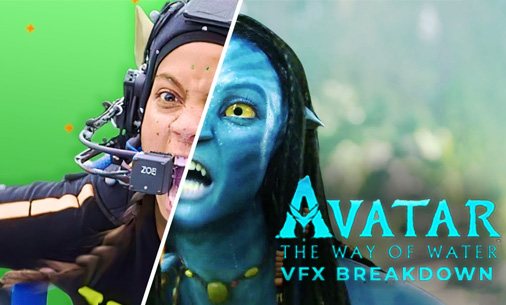
What did YOU think of Avatar 2’s visuals? Drop a comment, or share this breakdown with your fellow VFX geeks. Because if there’s one thing Cameron proved, it’s that technology means nothing without the story. 🌊💙

